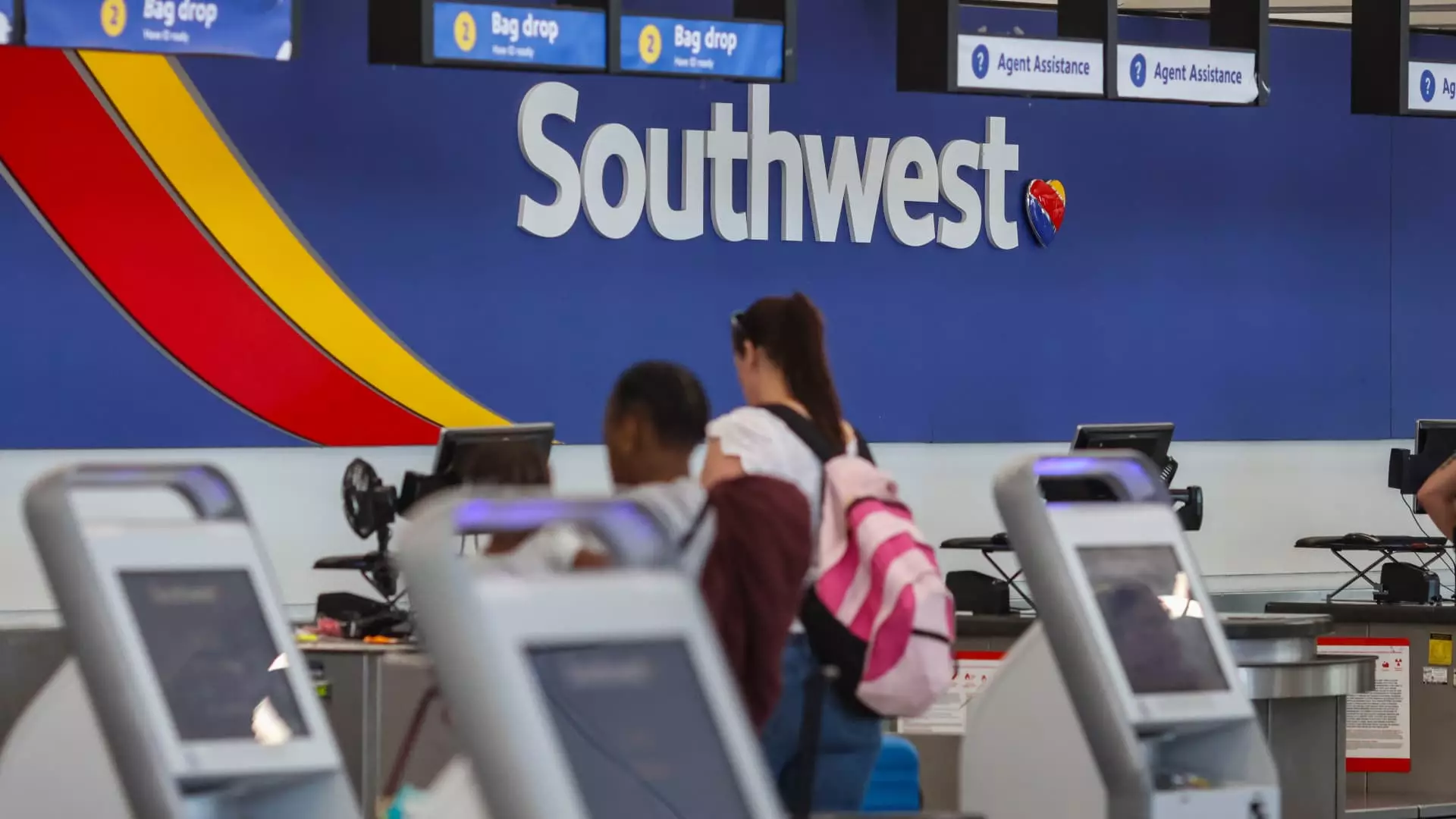Southwest Airlines has recently announced significant changes to its operational strategy, particularly affecting its Atlanta hub. Intended to streamline operations and curb financial losses, these shifts exemplify the airline’s response to evolving market dynamics and competitive pressures. This article delves into the implications of these strategic adjustments, examines the broader context of the airline industry, and evaluates the potential impacts on employees and customers alike.
Scheduled cuts in Southwest Airlines’ Atlanta operations mark a crucial turning point for the airline. In response to growing financial pressures, the airline plans to reduce its crew presence, leading to the elimination of over 300 pilot and flight attendant positions. While the initiative aims to improve profitability, it raises significant concerns about workforce morale and operational efficacy in one of the busiest airports worldwide.
The decision to not close the crew base but to realign staffing demonstrates a complex approach to cost management. Employees will not face outright layoffs, yet the necessity for many to bid for positions in other cities introduces uncertainty and potential dissatisfaction within the workforce. The reduction of flight operations from 37 cities to merely 21 highlights a serious contraction in market engagement, reflecting Southwest’s strategy to focus on profitability over expansive service.
Beyond Atlanta, Southwest has outlined an overall strategy that entails shifting service patterns and exploring new market opportunities. With the announcement of expanded services to Nashville, Tennessee, and the introduction of overnight flights from Hawaii to major mainland cities, the airline is signaling an intent to reposition itself within the competitive airline landscape.
These changes, however, occur against a backdrop of increasing scrutiny from investors, particularly Elliott Investment Management, which has pressed for more decisive actions to boost revenue. In light of this pressure, the measures taken by Southwest appear to be part of a larger narrative focusing on cost efficiency and renewed growth potential.
One of the most ambitious components of the airline’s revamped strategy is the plan to eliminate open seating in favor of offering extra legroom on flights, a monumental shift that fundamentally alters the customer experience that Southwest has maintained since its inception. This tactic may attract a different market demographic, as it aligns more closely with traditional airlines that focus on comfort and ticket classes.
As Southwest navigates this challenging period, several factors warrant attention. Firstly, the operational reductions in Atlanta come as the airline grapples with shifting booking patterns and a saturated market. The pandemic reshaped travelers’ preferences, and the airline must adapt its offerings while ensuring that its fleet utilization is optimized effectively.
Moreover, delays in aircraft delivery, particularly from Boeing, introduce additional challenges that could limit Southwest’s capability to respond to customer demand. The long-awaited 737 Max 7, which is critical for expanding services, has faced certification delays, further limiting operational flexibility and growth potential.
Andrew Watterson, Southwest’s COO, has acknowledged the necessity for “difficult decisions” as the airline seeks improved financial outcomes. Navigating these challenges while maintaining service quality and employee welfare will be integral to the airline’s sustained success.
Southwest Airlines is undoubtedly at a crucial juncture, striving to balance operational efficiency with customer satisfaction amid financial pressures and market volatility. The recent cuts in Atlanta serve as a bellwether for broader trends within the airline industry that prioritize profitability and competitive relevance over expansive service models.
While the airline’s efforts to streamline operations may yield short-term financial benefits, long-term engagement with employees and passengers will be paramount to fostering loyalty and support. As the industry continues evolving, all eyes will be on Southwest and its ability to adapt and thrive in a landscape defined by rapid change and uncertainty. The challenges ahead are immense, yet so too are the opportunities for reinvention in a post-pandemic world.

